It's my last day here in Chongqing before heading back to the UK via Helsinki – the northern route to Europe with Finnair works well – and because of online access issues I'm tapping this out on my phone which allows me access to my own email but not the work one. The Chongqing Global Automotive Forum was excellent with some high profile speakers delivering informative content, while the vast numbers of Chinese pouring into the adjacent motor show proves there's a genuine appetite for quality brands.
Yes, the mad growth numbers of yesteryear are receding in the memory but this is still the global economic powerhouse driving those prepared to invest the serious resources needed to stay the course. I was struck by the '100 OEMs' number – it's true – if you watch the cars in the street there are a dizzying plethora of competing brands vying for your yuan but it's also true the Chinese government takes a very close interest in – and hands-on approach to – the auto industry. That there will be consolidation is of little doubt – although I didn't hear much mention of it in the 13th Five-Year Plan discussions this week – and M&A activity is making some suppliers undoubtedly twitchy.
There's no coincidence either the forum was held in Chongqing. As China's largest manufacturing base, the city has an annual auto capacity of 4m, with 35 car companies alone operating here. Gravitating around that magnetic draw are a staggering 1,000 suppliers and accessories companies, with 70% of China's component producers based in the Chongqing area. This is a city allocated some serious status by Beijing too. It's an inland bonded port at the upper reaches of the Yangtze river and the 30-car transporters constantly thundering up and down roads near where I'm now sitting are testament to this pivotal place's auto importance.
It's a vast city – everything in China is painted on a colossal canvas – whose 33m population has been pounding out GDP growth rates of more than 10% for many years. Chongqing has been allocated extra attention as it's deemed to be a crucial part of the '6+1' pillar industries: automobiles, electronic information, equipment manufacturing, natural gas, materials and energy, as well as textiles and what is referred to as 'labour-intensive industries.' 'Pivoting to a New Round of Development,' was the theme of this year's forum and there's no doubt Chongqing is the fulcrum around which much of Chinese manufacturing orbits.
I'm writing this under the awning of a local cafe as the blisteringly hot weather has finally broken and it's raining, although there's a humid, claggy dampness in the air which seems to have cleared the smog clinging to the surrounding mountains. Sat here, I've just been asked to help the cafe staff with making 'glutinous rice balls', something of a local speciality, it appears, which involved pounding the food with wooden staves before they were moulded into recognisable shapes. People seem genuinely interested in foreigners here – almost every time I've sat down I've been surrounded by a gaggle of Chinese people curious to see a westerner. It's true language is an enormous barrier but, with a lot of pointing and the, sometimes crazily erratic, mobile phone translations on offer, you can get by. I've even learned how to say 'hello', 'beer' and 'thank you'. Food here is critically important and although I've struggled at times with some of the more, er, exotic items, I've given it a go, even managing to pick up peanuts with chopsticks; more difficult than it sounds.
I tried the 'Hot Pot' – pig's trachea and fresh cattle blood are just two of its ingredients – while after much pointing at her stomach the waitress used her phone to translate: 'Duck's intestines with chilli sauce.' I passed on that one. Meanwhile, a patron has just walked past me clutching two whole fish which look for all the world as if they've just been hooked out of the Yangtze, which is yards away, while the staff have thoughtfully just given me an anti-mozzie stick to beat back the insects.
How well do you really know your competitors?
Access the most comprehensive Company Profiles on the market, powered by GlobalData. Save hours of research. Gain competitive edge.

Thank you!
Your download email will arrive shortly
Not ready to buy yet? Download a free sample
We are confident about the unique quality of our Company Profiles. However, we want you to make the most beneficial decision for your business, so we offer a free sample that you can download by submitting the below form
By GlobalDataThe Global Automotive Forum is a terrific gathering addressing key issues at a huge juncture of Chinese economic development but, apart from the big questions, one thought struck me as I walked round the auto show. Chinese cars often feature interior controls in Roman script as well as Chinese characters. We're two and a half hours flying time west of Shanghai here – how does a domestic consumer in central China with no knowledge of English work it out? Of course, you'd get used to it eventually, but if it comes to the initial choice in a showroom, a non-English speaker would surely plump for an all Chinese version? Is it an overseas supplier issue producing for Chinese companies? I can't imagine a western consumer being able to understand Chinese characters on interior controls if domestic exports take off in the way they want here.
Just a thought.

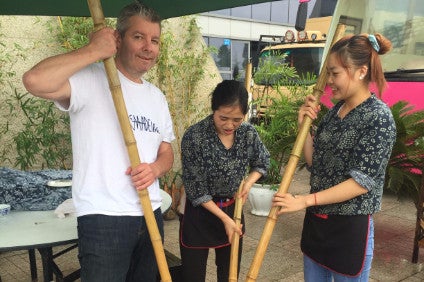


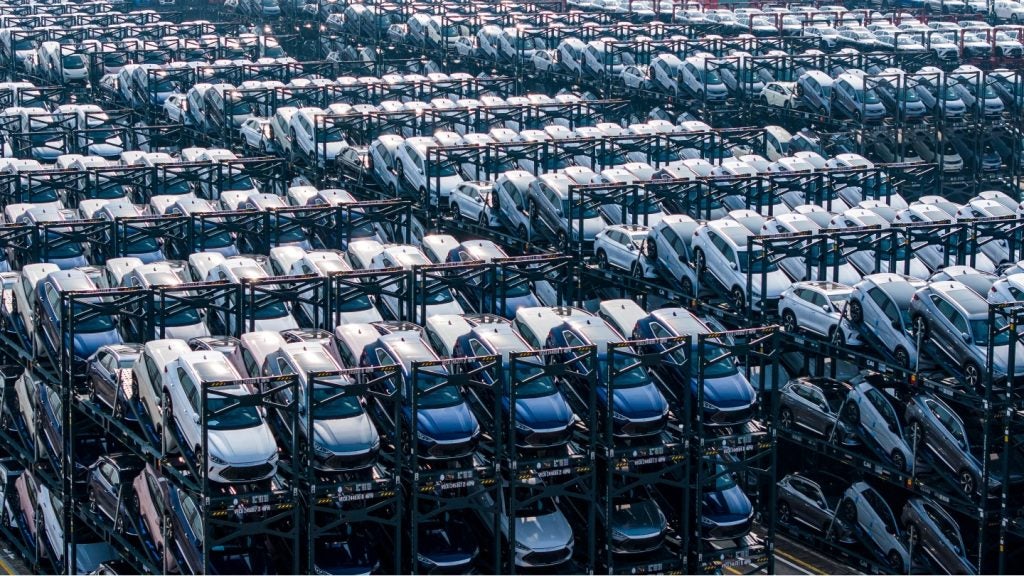
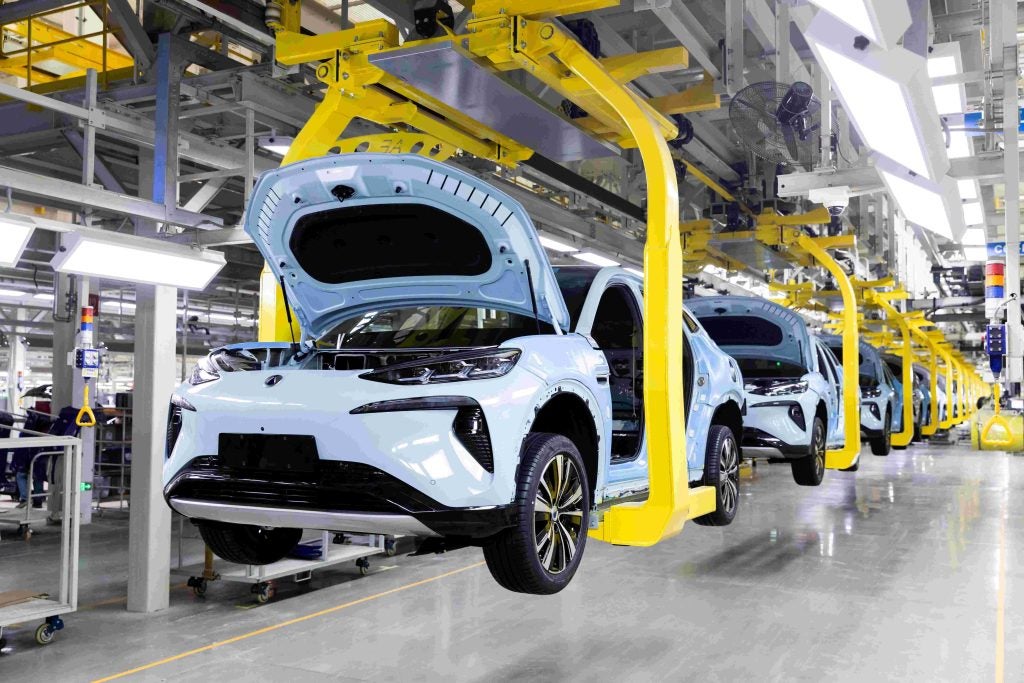
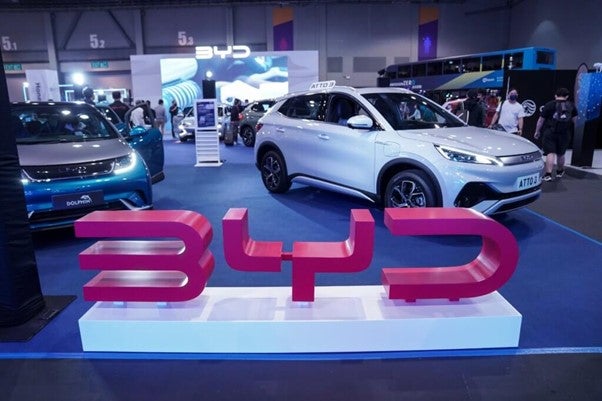
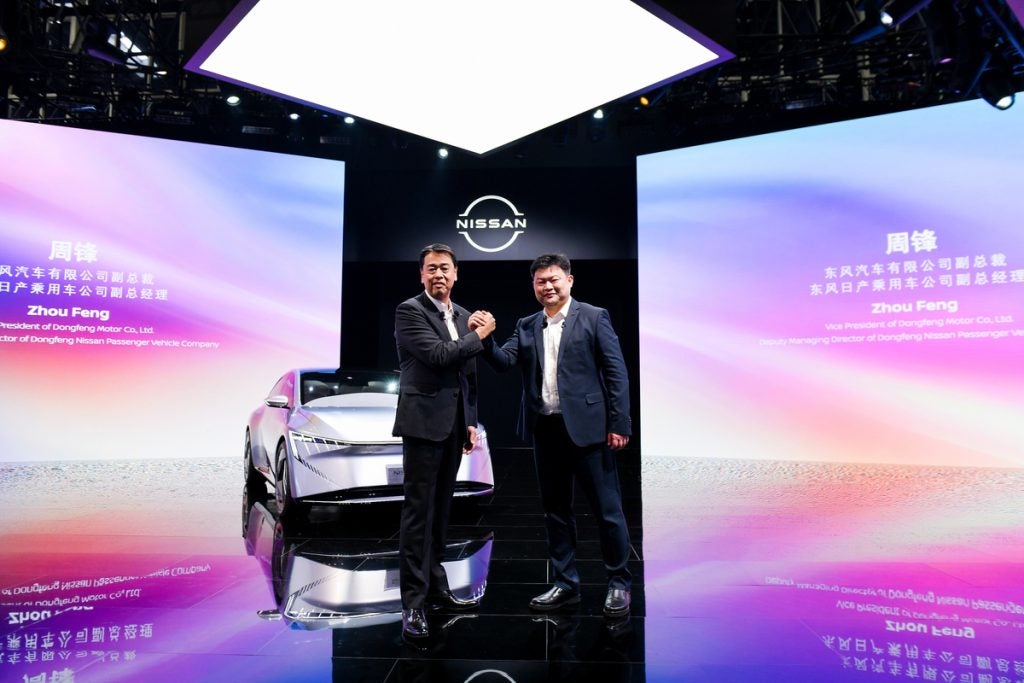

Related Company Profiles
Finnair Oyj